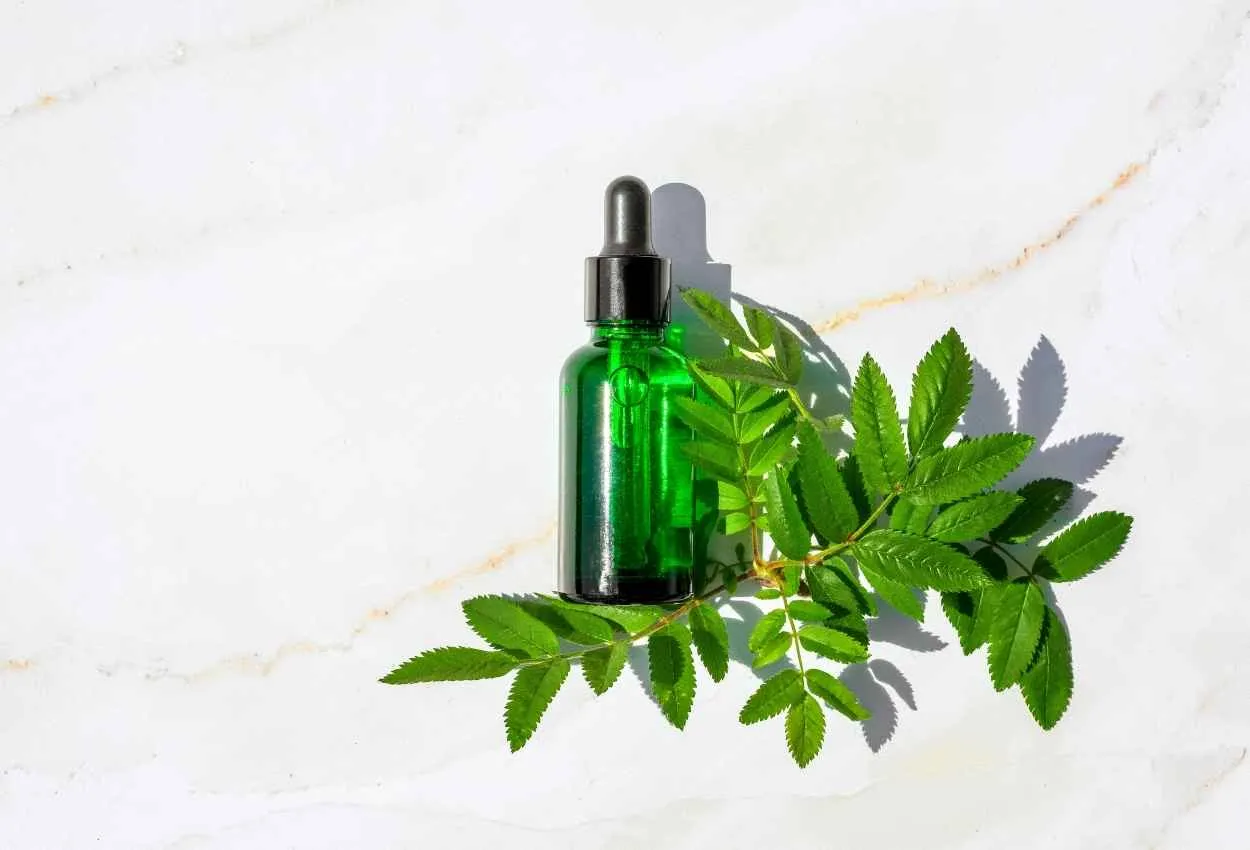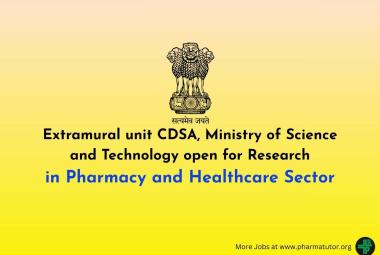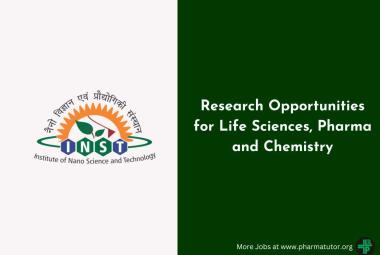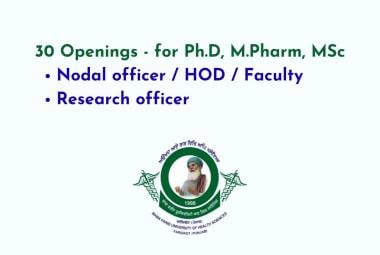 About Author
About Author
Vinay Kumar Singh.
Head-Formulation
Kumar Organic Products Research Centre Pvt. Ltd.,
Bengaluru
Since ancient times, plants have been used as herbal medicines. Ayurveda has a 5000 years old rich heritage of the use of plants in the treatment of various human ailments as alternative medicines. Herbal extracts are primarily added to the cosmetic formulations due to several associated properties such as antioxidant, anti-inflammatory, antiseptic and antimicrobial properties. Even today, people in rural and urban areas depend upon herbs for traditional cosmetics.
Ancient alchemists like Philippus Aureolus Paracelsus knew the power, plants have for improving our lives. They understood how the nutrients could be concentrated with the five elements of nature - water, earth, air, fire, and ether. Since that time, many have attempted to recreate their processes and unlock the full healing potential of herbs.
A Herbal Extract is a substance made by extracting a part of a herbal raw material, often by using a solvent such as methanol or water. The process of Herbal Extraction is usually designed to maximise a certain portion of the original chemical compounds found in the plant, many of which have a therapeutic action. Extracts may be sold as tinctures, absolutes or in powder form. Herbal Extracts are now used as a major part of alternative medicine in both Ayurveda and homeopathy.
Although herbal extracts come in many forms, they have one common feature. Extracts represent naturally occurring phytochemicals (plant produced compounds) that have been removed from the inert structural material of the plant that produced them. The main advantage of using extracts over raw herb is that once extracted from the plant matrix, the phytochemicals bypass the need for digestion and are far more readily absorbable. Liquid extracts also offer greater convenience than consuming an herb in its raw form.
Extracts are typically categorized by the solvent used to make them and/or by their form. Some of the more common solvents that are used include water, alcohol, glycerin, and vinegar. The inherent qualities of each of these solvents will attract different phytochemicals in an herb. Watery extracts made by infusion or decoction are used as teas, rinses and the base for syrups and other products.
Tinctures are liquid extracts made with alcohol and may include other food-grade solvents. Alcohol extracts a wide range of phytochemicals and is an excellent preservative. It may also be diluted with water to adjust alcohol content and glycerin may be added to curb excessive precipitation of the finished extract.
Food-grade glycerin is a low glycemic index sweetener often used as a solvent to make alcohol-free liquid extracts. While most glycerites lack appreciable alcohol, intermediate extraction may be carried out with alcohol on occasion. In this case alcohol is used to form the initial extract, and is then removed from the finished product with glycerin added in its place.
Vinegars are not common, but are experiencing a bit of resurgence in popularity. These are made by extracting herbs directly in vinegar. Apple cider or other plant based vinegars are most desirable in this case.
Oils are fatty oils that have been infused with herbs for topical use and may be called herbal oils or infused oils. The fatty oil used as a base is commonly from olive, sesame or coconut, although many other sources may be used.
Essential oils are the volatile components that have been separated from an aromatic herb. Quality essential oils are either steam distilled or, in the case of herbs like citrus peel, pressed directly from the fresh herb. Essential oils are very strong preparations and are well diluted for internal use.
Powdered extracts are formed by drying liquid extracts including tinctures and water extracts, often under vacuum.
Supercritical extracts are made by extracting herbs with a gas, usually carbon dioxide, at low temperature and high pressure to bring it into the supercritical state. These are semi-solid extracts representing the fat-soluble components of an herb.
According to MarketsandMarkets analysis, the plant extracts market is estimated to be valued at USD 23.7 billion in 2019 and is projected to reach USD 59.4 billion by 2025, at a CAGR of 16.5% from 2019 to 2025.
Increasing acceptance of plant extract based products by domestic and foreign customers, introduction of new herbal products by cosmetics brands, and innovations and new product launches in India, herbal extracts market are expected to drive the overall market in the future.
There are more than 45,000 plant species that are present in the Indian sub-continent. The dependence of people on plants for various health benefits has significantly evolved the herbal extracts market of the country over the past. Being the largest supplier of ayurvedic medicines and herbs in the world, the herbal extract manufacturers in the country cater to the requirements of the companies, which majorly operate in pharmaceuticals, cosmetics, and food and beverages industries across the world.
Companies in the pharmaceutical, F&B and cosmetics industry realized the importance of using natural herbs as ingredients in various products. This was not only done to drive the growing demand, but it also benefitted the companies in procuring raw materials from extensive species of plants in India.
Various technological processes including Supercritical Fluid Extraction, Thin Film Distillation, Spinning Cone Column, Supercritical CO2 and other Conventional extraction processing techniques were used to meet the current demand. Market players also launched new products to assist the production and sales of companies in pharmaceutical, cosmetics and food and beverages sectors. New herbal extracts will boost the overall revenues of the market due to the introduction of varied products manufactured using such natural extracts.
Composition of Herbal extracts
The theoretical usefulness of herbal extracts come from the chemicals of which they are composed. The following list is not comprehensive but the typical chemicals found in these extracts.
Vitamins, Proteins, Amino acids, Enzymes, Carbohydrates, Fatty acids, Phospholipids, Flavonoids, Polyphenols, Carotenoids, Retinoids & Alpha Hydroxy Acids. There may also be mineral ions like potassium, magnesium, calcium or others found in the extract.
Herbal extracts can be made up of dozens or even hundreds of different ingredients. This complexity is great for finding different materials that might be beneficial for people, but it also hints at some of the biggest problems with using extracts.
Herbs can be used in three forms in cosmetics: either as total extracts of the whole plant e.g. Aloe vera gel; as selective extracts of the plant e.g. wheat germ, or as isolates i.e. single molecules isolated from the extracts e.g. vitamins. There is good scientific research to back up the efficacy of some of the functional Herbal claims, so it’s not all marketing smoke-and-mirrors all the time but truth too most of the time. The plant world has so many useful materials to soothe and calm the skin. There are many to moisturise whereas many to reduce wrinkle, enhance radiance etc.
Plant extracts and natural substances have been formulated into cosmetic products, according to the Ayurvedic system, not only for the daily care of the skin and hair, but also for the treatment of many problems. One of the major benefits is that biologically active ingredients are easily absorbed into the deeper layers of the skin and influence it at the cellular level.
Herbs are also remarkably versatile. They can have a combination of effects, allowing the entire scope of the problem to be treated. For instance, a particular herb may cleanse the skin, restore the normal acid-alkaline balance and also have a germicidal and soothing effect. Thus, the properties of the herb can be related to individual needs.
There are so many herbal extracts that are used in Skin care & Hair Care. We can not describe all Herbal Extracts but will limit to a few widely used.
Neem (margosa) is one such versatile tree and every part of which is used for healing purposes. Neem leaf infusions have been used to cure skin diseases and are still used to relieve itching, soothe rashes, create a germicidal environment and clear inflammatory conditions. Neem contains organic sulphur compounds, which have powerful and versatile healing actions.
Henna, which is so much in use today, has its basis in the ancient dyeing method, when chemical dyes and colourants were unknown. Apart from imparting colour, henna has also proved to be an effective natural conditioner. It has the ability of coating each hair shaft, lending strength, body and shine to the hair. Henna has been combined with other herbal extracts, like 'bael' (Aegle marmelos), 'amla' (Emblica officinalis), 'brahmi'(Centella asiatica), arnica, hibiscus and so on, to formulate hair cleansers, tonics, rinses, nourishers etc. These preparations have helped to bring back health to damaged hair, promote hair growth and maintain the health of the hair and scalp, apart from controlling dandruff and other problems.
Amla (Embelica officinalis) is another such popular ingredient. The ancient physician Charaka referred to amla as a medicine that delays aging, because of its high Vitamin C content. It is said that the Vitamin C content of amla is so stable that it is resistant to heat.
Bilva helps to control Vata and cures hair problems and inflammatory conditions.
Brahmi (Centella asiatica) is well known for its ability to bring back health to the hair, as its fragrance induces relaxation and helps in cases of stress related conditions like alopecia and general hair loss. Other ingredients, like amla (Emblica officinalis), shikakai (Acacia concinna), reetha (sapindus trifoliatus), bhringaraj (Eclipta alba), anantmul (Hemidesmus indicus), have been used into tonics, oils, cleansers and conditioners for hair care. They have been effective in the treatment of dandruff, seborrhoea, alopecia and general hair loss.
Sandalwood is one of the most popular cosmetic ingredient used in India. It has been mentioned in ancient Indian texts as far back as the 5th century BC. It has powerful germicidal and antiseptic properties, while its exotic fragramce is said to have a relaxing effect on the mind. Not only does sandalwood soothe the skin and heal inflammatory conditions, but also has anti-ageing and rejuvenating effects. It is ideal for all skin types. Protective creams have been formulated with sandalwood, to protect the skin from the effects of pollutants, sun-exposure, dehydration and skin sensitivity. Sandalwood oil and extracts have been used in many other formulations, from light moisturizers, rich body shampoos, body lotions, massage oils, to after-shave creams. In fact, the gentle action of sandalwood makes it ideal for baby-care products too, soothing and preventing prickly heat and other rashes.
Tulsi (Holy Basil) has so many medicinal uses that it has been traditionally venerated and worshipped. In fact I wonder at the decisive mind of our ancestors that they associated Basil with religion that people even in place like Mumbai have Basil in their household including slum. Modern research has revealed that it helps to purify the air, apart from its soothing and curative actions on the skin and scalp.
Extracts and oil of rose are also common beauty aids. Oil of rose, in fact, originated in India. It has been used for centuries, in various ways, both for its healing action and delightful fragrance.
Aloe vera is also known to help cell renewal. During the ancient times, aloe vera was used to heal cuts and wounds, as it speeds up the skin's cell renewal. Extracts of aloe vera, lemon, ashwagandha (Withania somnifera), turmeric, rose, etc., have been used to formulate cleansers and protective creams for the skin.
Similarly, almond, wheatgerm, lavender, jasmine, balsam, sesame and many such herbal extracts form the ingredients of emollient nourishing creams. Wheatgerm oil is rich in Vitamin E and helps to protect the tissues from degeneration. Almond is ideal for the delicate skin around the eyes, keeping it free from wrinkles and dark circles. These vitamin and mineral rich extracts benefit the skin by increasing blood flow and restoring damaged capillaries. Aloe vera,Sesame seed, sunflower oils and even sandalwood are known for their sunscreen properties. Such natural sun-filters have been used in sun-block products, along with natural rehydrants and humectants.
Lack of standardisation, documentation and quality control are some of the key issues facing this industry. Herbs and natural substances also help to promote the elimination of toxins and wastes, as well as dead epithelial cells, thus encouraging the regeneration of new cells. This, in turn, helps to preserve the youthful qualities of the skin. Nature is not only an expert chemist, but the best cosmetologist. An entire range of cosmetic products exists in nature in Herbs, with definite preventive and corrective actions.
NOW YOU CAN ALSO PUBLISH YOUR ARTICLE ONLINE.
SUBMIT YOUR ARTICLE/PROJECT AT admin@pharmatutor.org
FIND OUT MORE ARTICLES AT OUR DATABASE









